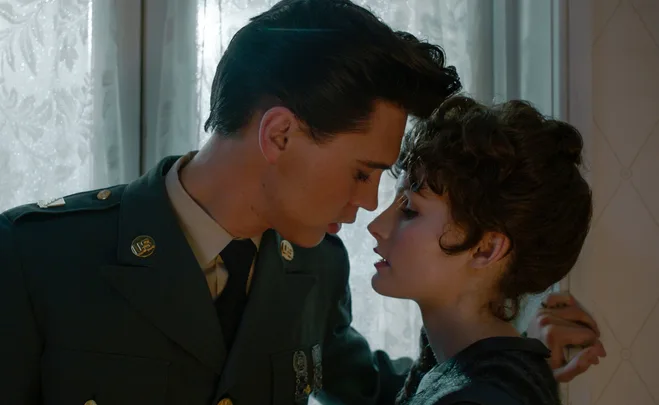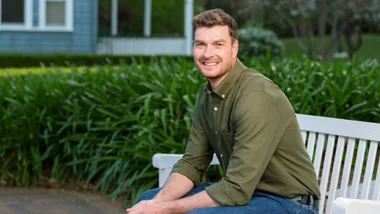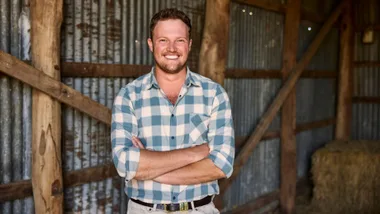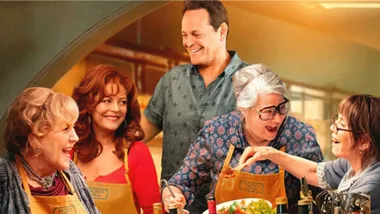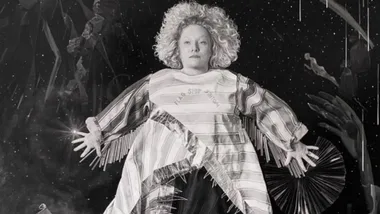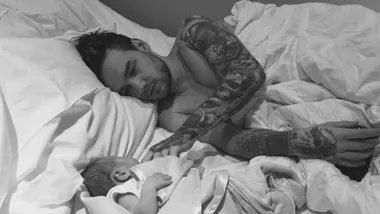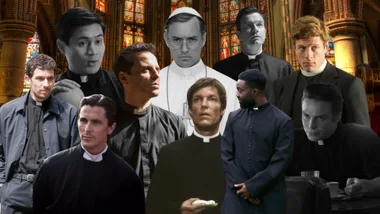The film may be titled Elvis and it may feature one of the icons of the 20th century, but director Baz Luhrmann says the film “is definitely not about Elvis. It’s about America in the ’50s, ’60s and ’70s – when he was the centre of culture. It’s about the good, the bad and the ugly,” he tells marie claire in an exclusive behind the scenes look at his highly anticipated production.
“Elvis is the good, but Colonel Parker is the bad and his greed and drive to make money at all costs was the ugly. I hope people leave the cinema with a sense of just how spiritual Elvis was and that he was the best of what America can be.”
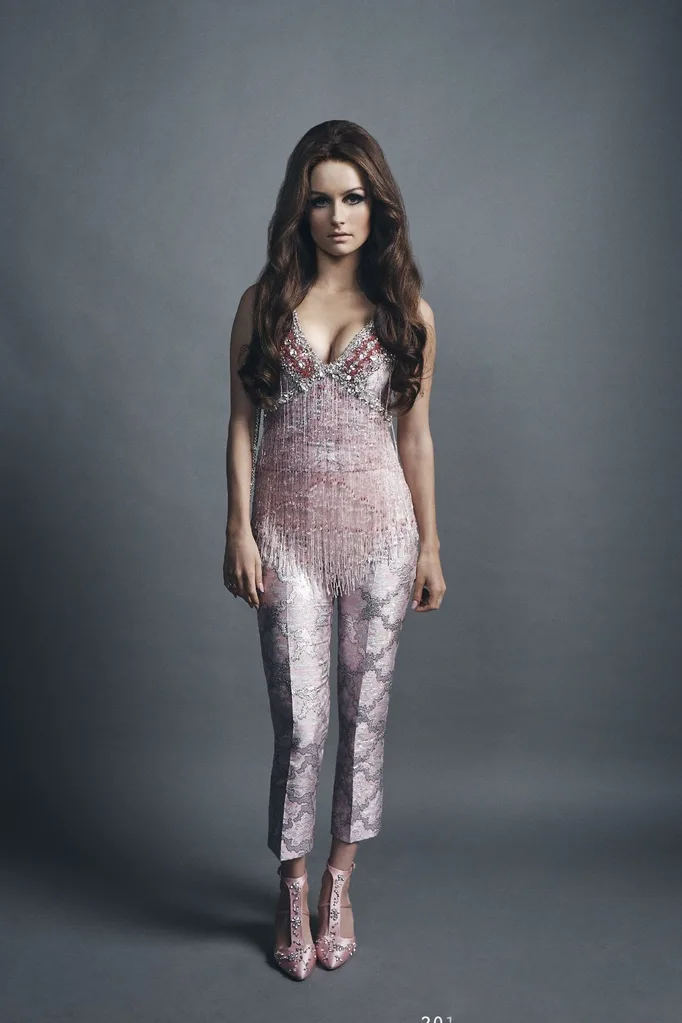
Catherine Martin realised early on how overwhelming the task of wardrobe was. “The starting point is Baz and the lens through which he wants to tell the story,” she tells us.
“But I grossly underestimated just how enormous the volume of material there was and the number of performers. Elvis alone has just under 100 costumes, and then there were 9000 separate extras. We had three huge crowd scenes spread across three different decades.”
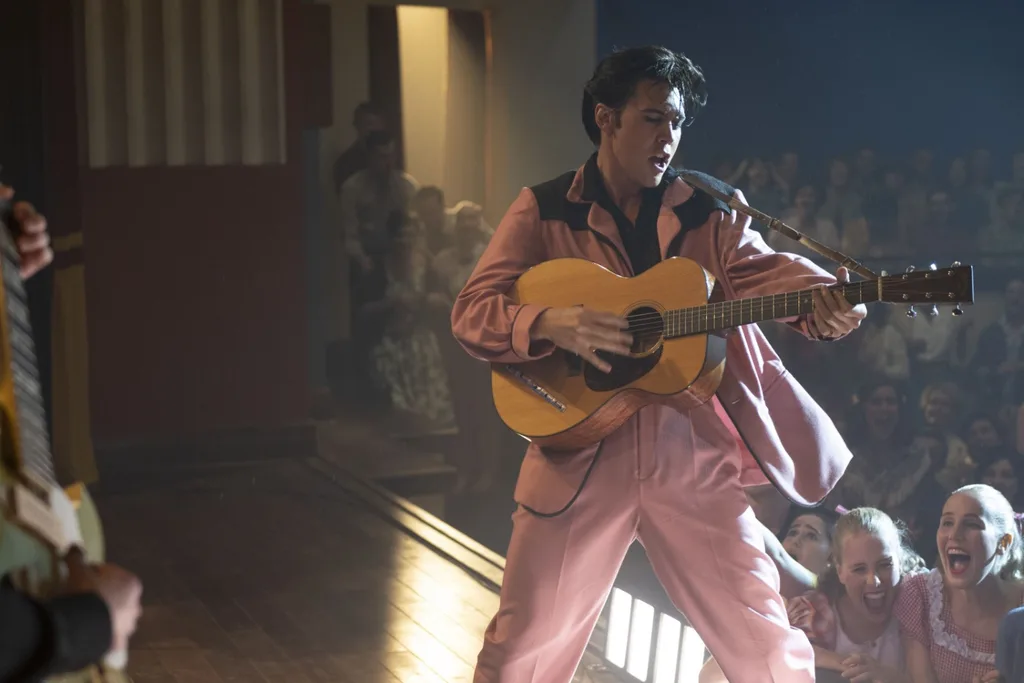
From Harry Styles to Ansel Elgort, rumours swirled about who would play Elvis Presley. “I got a phone call from Denzel Washington,” Luhrmann says. “I don’t really know him but he said, ‘You’ve got to see Austin Butler. I’ve just done a play with him and I’ve never seen work ethic like his.’ When Austin came in, he was already totally in character. I didn’t realise he doesn’t have a Southern accent until well into filming.”

To design the looks for Elvis Presley, Martin went straight to the source. “I was very lucky to be allowed into the archives a couple of times,” she says.
“On one visit, I was able to see one of his jumpsuits being restored, which allowed me to get up close and personal. I got to really geek out and look so closely at the fabric and to actually colour match and feel the fabric through a pair of white gloves. It was just so fantastic.”

For the role of Colonel Tom Parker, Luhrmann had one man in mind. “Tom [Hanks] is one of the greatest actors of all time.
Normally it takes a long time to convince an actor like him to sign on. But I spoke to Tom for about 40 minutes and he said, ‘Look, I’ll do it.’ I honestly couldn’t think of anyone [else] in the role because he managed to make the colonel monstrous, but very human as well.”
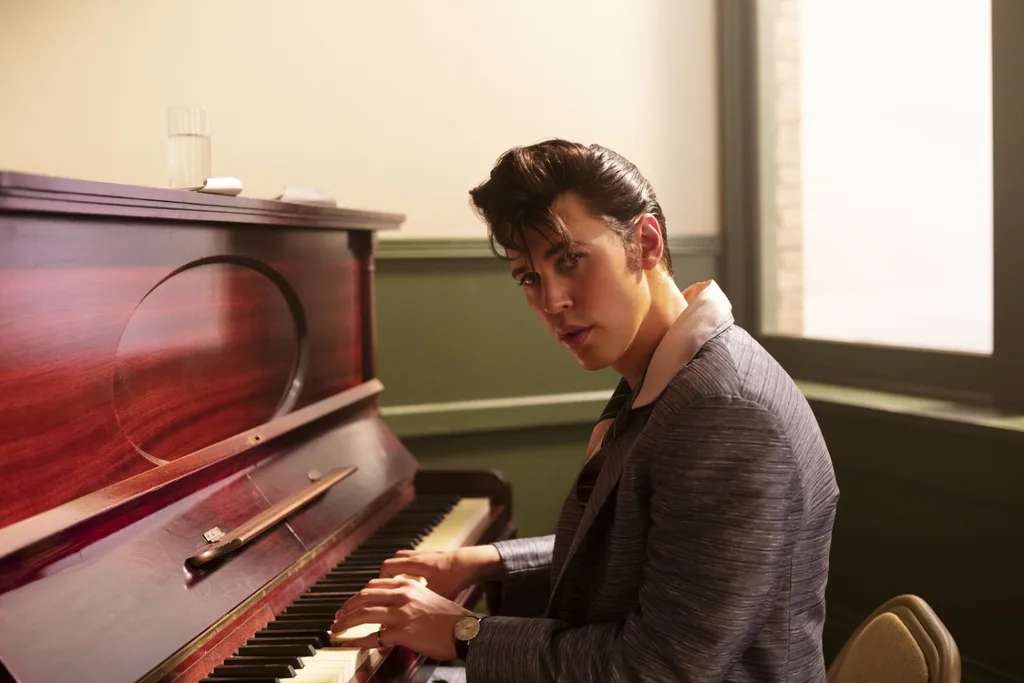

The film was shot predominately in Queensland during the pandemic, and Covid plagued the set in more ways than one. Butler was given the choice to return to America when production was shut down. “He decided not to,” reveals Luhrmann. “He wanted to stay with us while we tried to get back up and running, knowing it might never happen. In that time, he would walk along the beaches of the Gold Coast, singing and running scenes to take his mind off the possibility. He was so dedicated.”
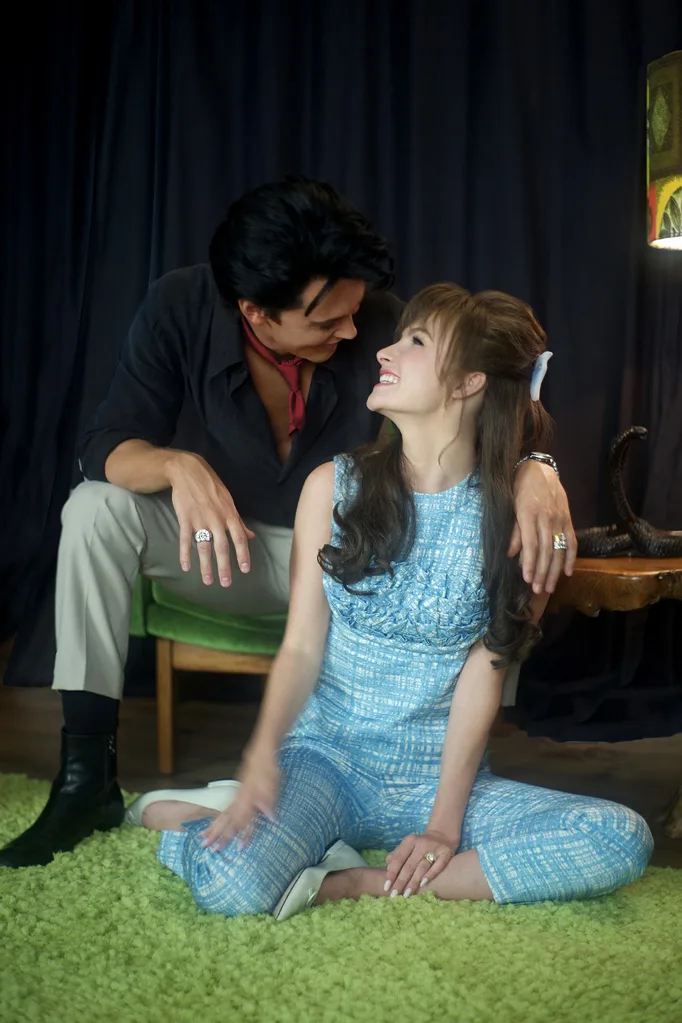
To help bring Elvis and Priscilla’s wardrobes to life, Martin worked with Miuccia Prada, with whom she had previously collaborated on The Great Gatsby.
“It was really important that we didn’t just make pale imitations of their wardrobes, so we started thinking about it through the lens of another Prada collaboration. It also allowed me the luxury of being able to completely collaborate with Miuccia on creating bespoke outfits, which I think elevates the production value.”
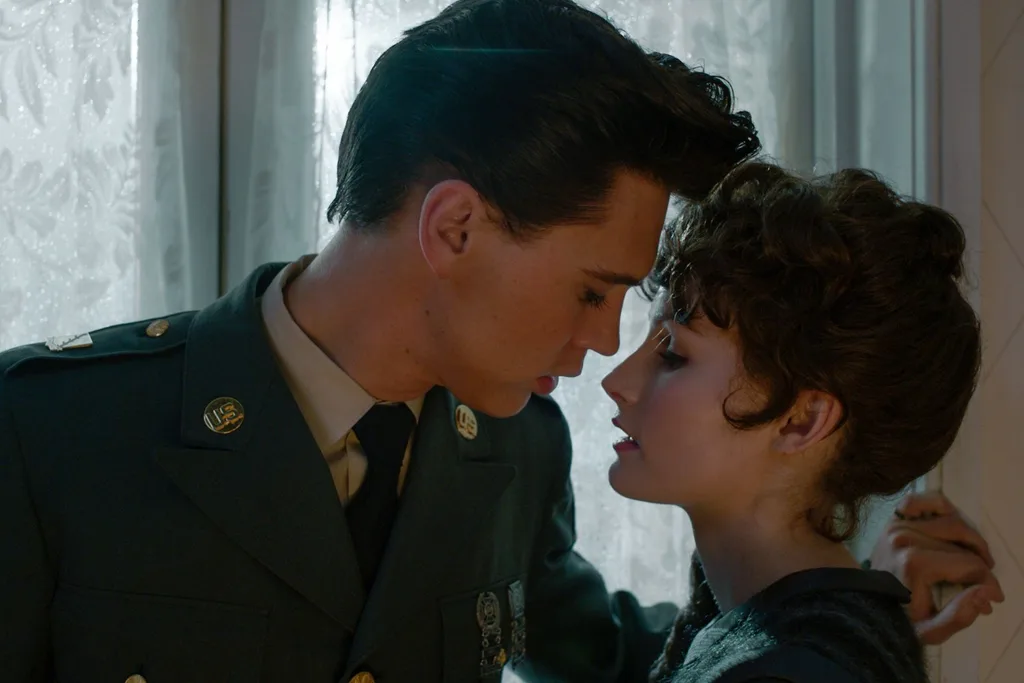
Luhrmann reveals that the on-screen chemistry between Butler and Perth-raised Olivia DeJonge got off to a slow start. “At first, we weren’t finding it, so on a Friday afternoon we all had gin and tonics and I got out the camera. I started shooting them as if it were a home movie, just Austin and Olivia talking, laughing and having fun. Out of that, they found a real connection through character.
They bonded beyond chemistry as they navigated filming during a pandemic. I think they really leaned on each other. And it’s an interesting role, because Priscilla starts out so much younger than Elvis, but in the end she’s the adult and he has become infantilised because of what’s out of his control.”
Elvis is in cinemas from June 23rd.
